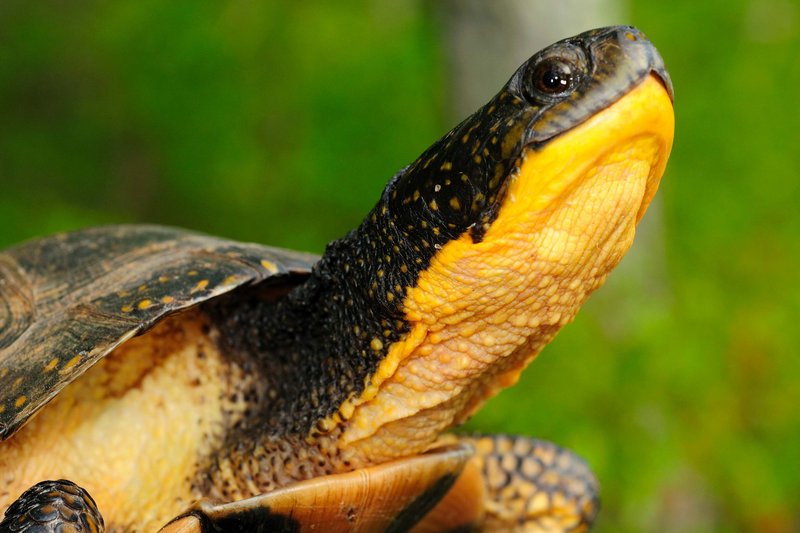An estimated 1 million vertebrates are killed on roads every day in the United States, according to the most-recent surveys, but the reality of road kill is far higher, said Maine Audubon biologist Barbara Charry.
Those surveys were done over 20 years ago “and that there are many more miles of roads and higher traffic levels, and the fact that wildlife-vehicles collisions are typically under-counted, we may be as high as 2 million wildlife-vehicle collisions a day,” Charry said. “Road kill has one of the biggest mortality impacts in our country.”
Maine Audubon hopes to do its part to decrease those numbers.
Using a website that is only the second like it in the country (www.wildlifecrossing.net/maine/doc/about_mawrw) the conservation group is trying to recruit volunteers to adopt a stretch of road and count road kill.
Funny as that sounds, it’s useful in helping to identify areas where animals have their own “high traffic” needs, and where those needs are conflicting big-time with development, said Charry.
The website created by the University of California-Davis was launched last April, and has drawn more than 1,000 sightings.
As many as 286 observers in Maine have recorded 102 species on the Maine Audubon site so far.
But the group is actively recruiting more road-kill recorders. Volunteers can choose any area, but Charry said there are many areas identified by the state as important “connector” corridors.
“If we can identify places that are important to maintain over time and put in the wildlife crossings and transportation planning, things that we can do, we can help. In Maine we have a lot of good habitat, but there are barriers,” Charry said. “We want to help animals continually move. Some will likely go exist without our intervention. And road kill is a big threat.”
Of greatest concern are species such as the endangered Blanding’s turtle and the threatened spotted turtle, as well as the wood turtle, which is listed in Maine as being a species of special concern.
But Charry said there are many species, such as slow-moving porcupines, and even birds that are frequent road-kill victims in some areas.
And much of the information is overlooked, or even unseen. Many animals fall prey to traffic but die on the side of the road, or are snatched up by other animals looking for an easy meal.
With humans clashing with wildlife daily, the need to record these conflicts is important, Charry said.
And development is not the only reason species collide with humans or migrate from an area, Charry said.
As climate change affects wildlife, it may cause certain animals to move to more suitable habitat or to find better forage. Over time, those movements can be tracked by citizen scientists on the road watch, Charry said.
“We know animals have to move in order to survive. If they come up against hard barriers such as roads with heavy traffic, it could prevent any possibility of being successful (in) making those changes and adapting,” Charry said.
Volunteers who adopt a section of road are asked to walk, bike or drive it as often as they choose and record their wildlife findings on the Maine Audubon website.
Any live animals crossing the road also should be reported, and if no animals are found, that data is important as well.
“Animals move a lot on our landscape. We’re not New Jersey. But we need to put energy into it, so we don’t become like New Jersey,” Charry said.
Staff Writer Deirdre Fleming can be contacted at 791-6452 or at:
dfleming@pressherald.com
Twitter: Flemingpph
Copy the Story Link
Send questions/comments to the editors.



Success. Please wait for the page to reload. If the page does not reload within 5 seconds, please refresh the page.
Enter your email and password to access comments.
Hi, to comment on stories you must . This profile is in addition to your subscription and website login.
Already have a commenting profile? .
Invalid username/password.
Please check your email to confirm and complete your registration.
Only subscribers are eligible to post comments. Please subscribe or login first for digital access. Here’s why.
Use the form below to reset your password. When you've submitted your account email, we will send an email with a reset code.